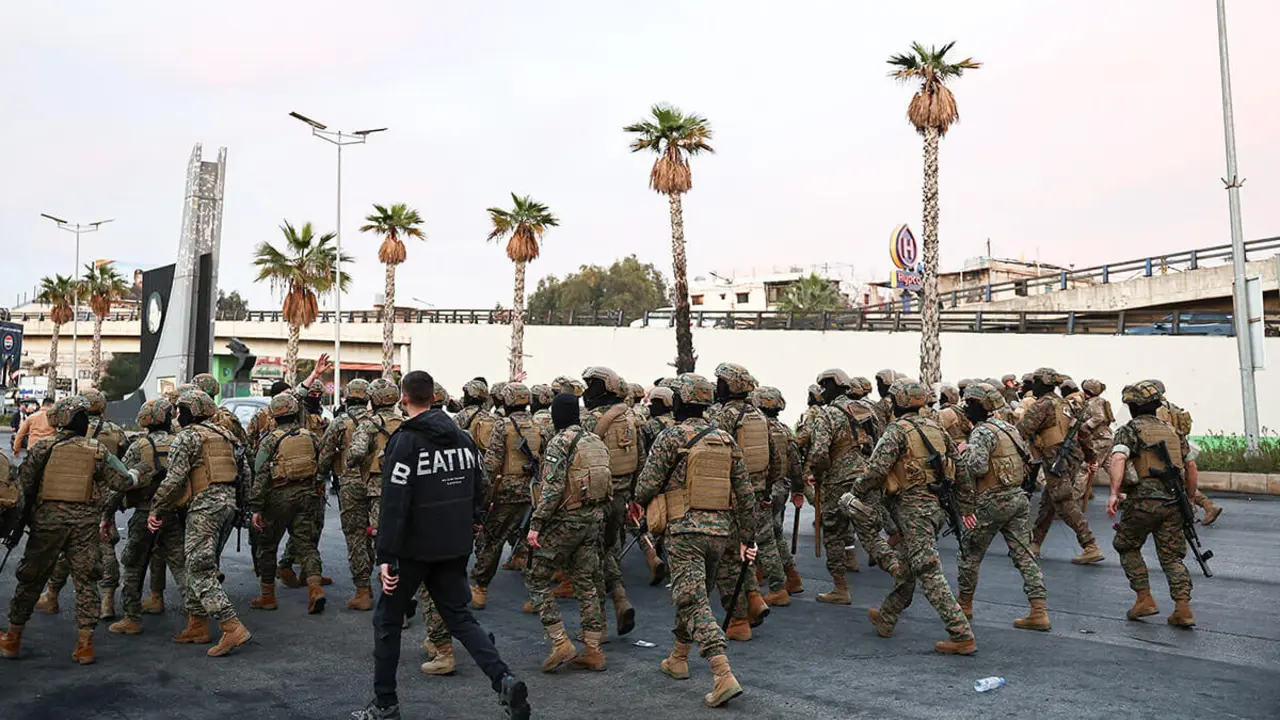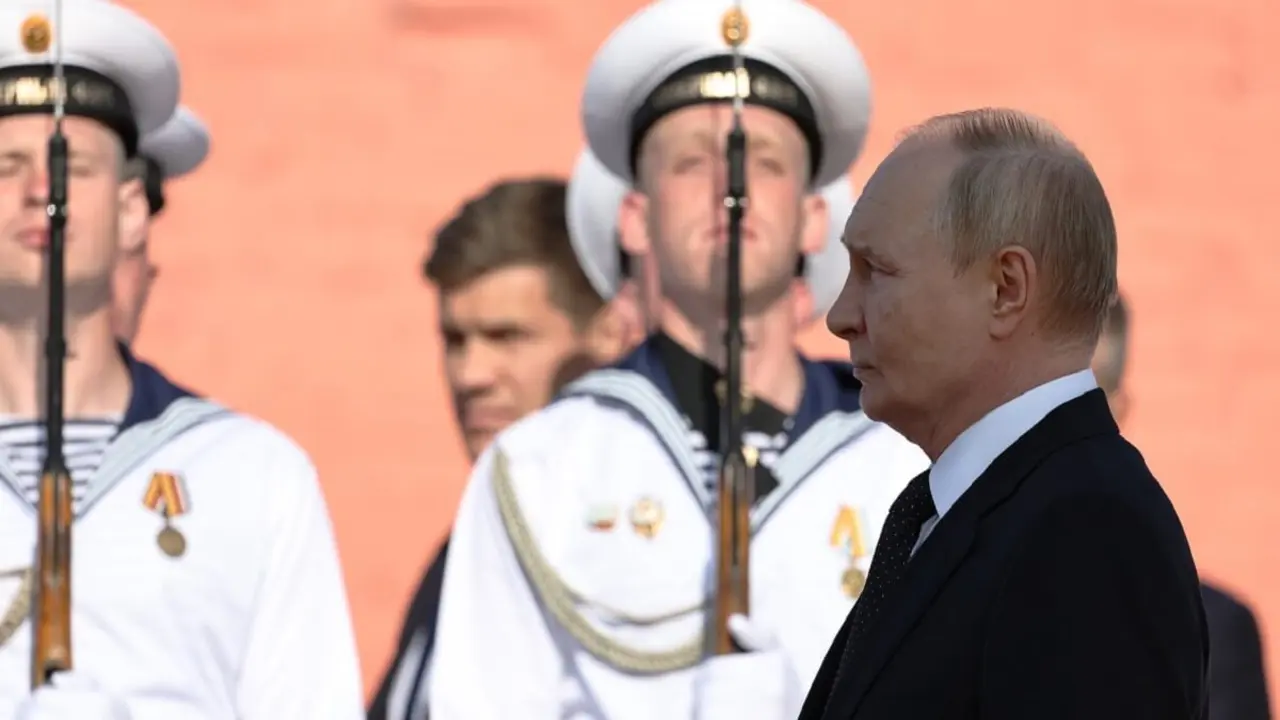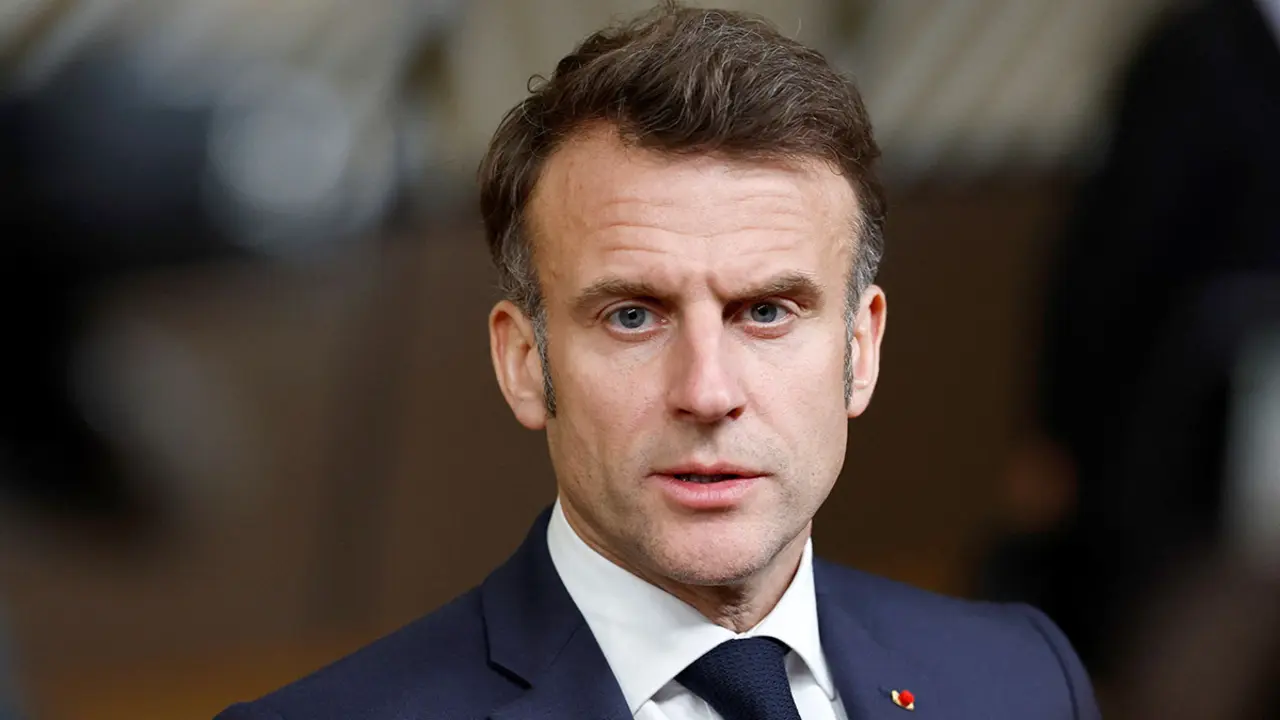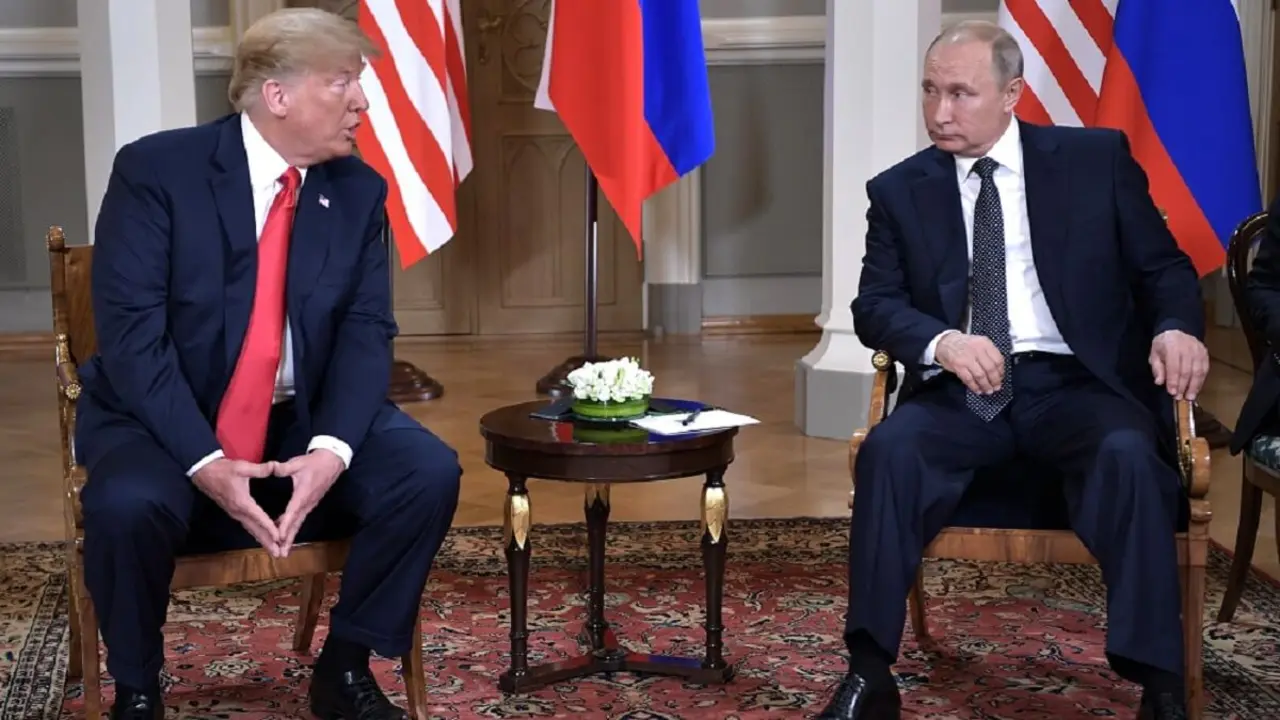QAnon: The bizarre pro-Trump conspiracy theory spreads to Europe

In December 2016 a 28-year-old father-of-two and fervent evangelical Christian named Edgar Welch drove 200 kilometres from his residence in North Carolina to Washington DC, where he irrupted into a pizza restaurant and fired his assault rifle three times. As he was being arrested he explained that he had come to free the children held captive in the (non-existent) basement. Welch was a follower of pizzagate, a conspiracy theory gone viral that election year which purported that Hillary Clinton and other Democratic Party figures were running in a child sex trafficking ring. The pizzeria was one of the establishments allegedly used by the network.
New election year, new and even wackier viral conspiracy. It dates back to October 2017, when an individual or group pretending to be a government official with Q-level security clearance (which gives access to top-secret documents) began posting enigmatic messages on the anonymous forum 4chan. QAnon has since left nearly 5,000 “drops” or “crumbs” and expanded from anonymous forums that attract far-right, conspiracy-prone users to the social news platform Reddit and then to social media. His millions of followers call themselves “bakers” (an allusion to the “crumbs”) and “believers” (which points to the sectarian nature of the movement).
Q’s arcane messages reveal that the world is controlled by a “deep state” that seeks to establish a New World Order. The conspiracy involves prominent Democrats like the Clintons and the Obamas, Hollywood celebrities such as Tom Hanks and Oprah Winfrey, and billionaire philanthropists Bill Gates and George Soros. This satanic cabal engages in the trafficking and abuse of children who are also tortured to harvest from their blood adrenochrome, a chemical substance allegedly injected to prolong youth. In the meantime, the mainstream media hides what is happening and distracts the public with fake news. Fortunately, Donald Trump has been recruited by a group of patriotic high-ranking military officers to bring the criminals to justice.

Conspiracy theories are common in the US, and QAnon contains elements from those that preceded it: Animosity towards the establishment on the part of the marginalized, who find in the movement both a support community and an explanation for everything that is wrong. Distrust of science, allegedly used by the powerful to the detriment of the rest of society. And anti-Semitism, manifest in a child abuse narrative that reminds us of the notorious blood libel and in the reference to Soros, that “usual suspect.” It therefore spreads easily among those who believe that 9/11 was an inside job, vaccines cause autism and 5G technology provokes cancer.
Conspiracy theories travel fast on social media, which enables the formation of polarized communities that feed on speculation and prejudice. As early as 2018 Reddit banned a score of QAnon-related subreddits for inciting violence, including the very popular /r/CBTS_stream (the “calm before the storm” that Trump will unleash when the time comes). Other media have taken considerably longer. In July Twitter deleted 7,000 accounts associated with QAnon and Tiktok blocked hashtags popular with the believers. Instagram and Facebook only followed suit in early September (and Facebook still recommends groups related to it).

Another factor that helped spread the conspiracy was the COVID-19 pandemic, easily integrated into the nefarious plan of the elites. For some of Q’s followers, the virus does not exist; for others, it was created as a control tool. Long hours of confinement were spent searching the internet for clues and debating their meaning in order to accelerate the “great awakening”; in fact, QAnon has been compared to a highly addictive digital LARP (live action role playing) game. Even when Q’s predictions fail to materialise, believers rationalise them with new interpretations. Many are baby-boomers whose relatives now exchange stories and advice in the support groups that have sprung up on the same social media where their parents and grandparents were recruited.
At Trump rallies QAnon's supporters are increasingly visible, holding up banners and wearing T-shirts and baseball caps showing the letter Q and slogans of the movement, such as WWG1WGA (“Where we go one, we go all”) and “Save the children”. Far from disavowing them Trump has given them his tacit support, referring to them as “people who love our country,” sharing their tweets and publicly congratulating Marjorie Taylor Greene when she was won the primary for Congress in a staunchly Republican district of Georgia. Greene is the most enthusiastic supporter of QAnon among the nearly two dozen candidates who have supported or promoted the conspiracy.

Surprisingly, given QAnon’s off-the-wall character and its primarily American cast, the conspiracy theory has reached Latin America and Western Europe. According to NewsGuard, which assesses the veracity of online news, it is being circulated by dozens of social media accounts with hundreds of thousands of subscribers and followers in the UK, France, Italy and Germany. On the other hand, protesters waving QAnon-related signs have taken part in mobilisations against measures to prevent the spread of the coronavirus in London, Paris and Berlin, such as the one that threatened to storm the Reichstag in late August.
The fact that Q’s messages are so vague and cryptic makes them easy to adapt to local circumstances by existing groups – whether far-right white supremacists or populists like the Yellow Vests. Emmanuel Macron, Giuseppe Conte and Angela Merkel have been accused of being paedophiles, Satanists and puppets of the deep state, while populist nationalists such as Vladimir Putin, Boris Johnson, Matteo Salvini and Jair Bolsonaro are lionised as Trump’s allies. The movement has been linked to acts of violence – as in the US, where the FBI declared QAnon a domestic terrorism threat in August 2019. The white supremacist who killed 10 people in Hanau last February was a fan of Q’s.

QAnon exposes the social fractures provoked by growing inequality as well as feelings of alienation from the elites. It is also a symptom of mistrust towards the mainstream media and of acceptance of “alternative facts.” Tired of feeling that they have no voice, believers now cling to the hope that the situation will change when the “storm” hits, and they are proud to be part of the “great awakening.” Sceptic taunts and social media restrictions only fuel their feeling of persecution and foster intra-group solidarity. In this context, this and other conspiracy theories will doubtless continue to recruit believers.









